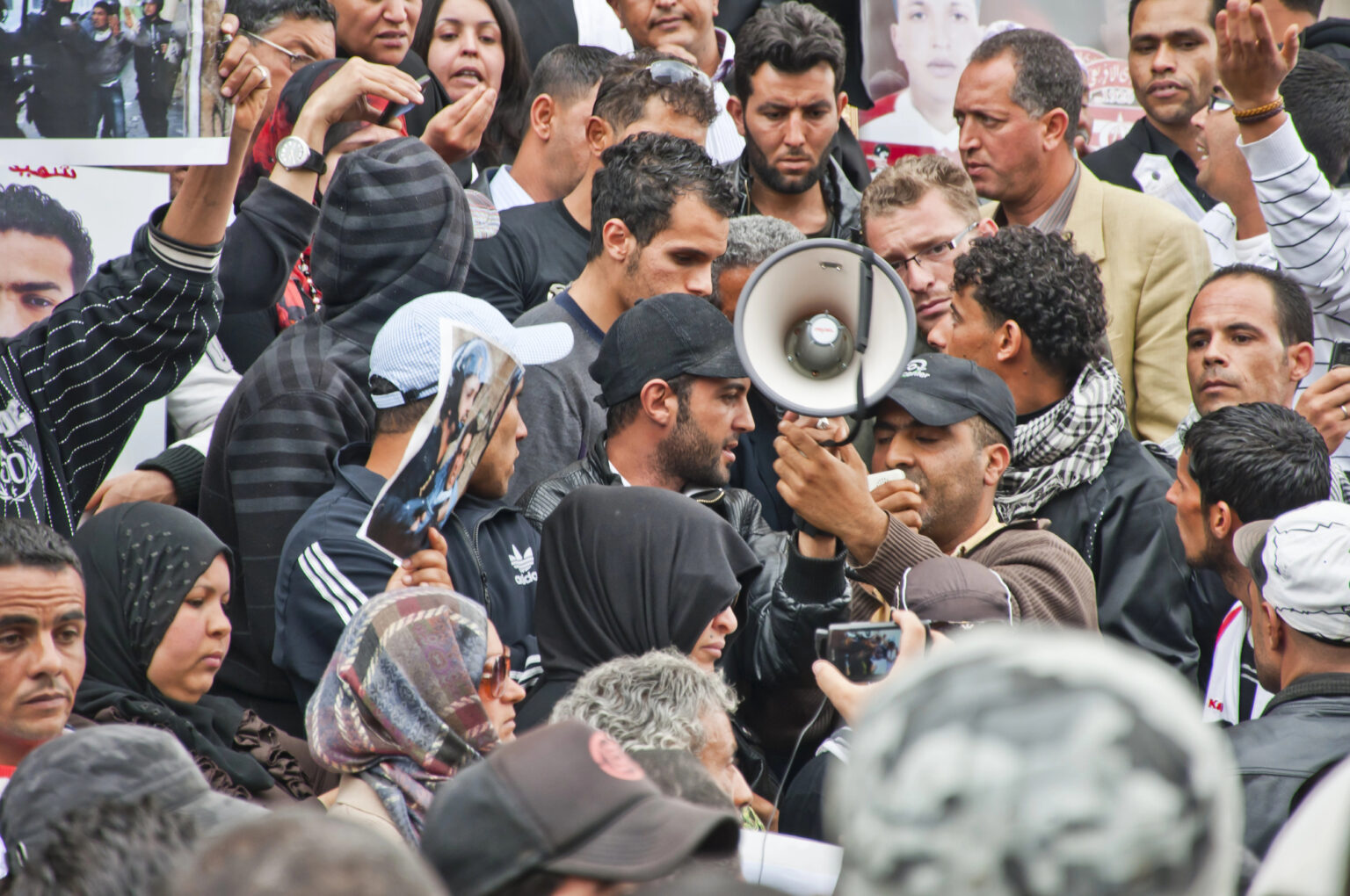An early high-profile case of citizen journalism can be traced back to Hurricane Katrina (2005), when local people were able to use blogs and social media to provide real-time coverage of the emergency, making up for the lack of information from the mainstream media. Similarly, during the Arab Spring, citizen journalists used simple smartphones to inform the world about the ongoing revolutionary events, bypassing local government censorship.
Other examples can be found in Indian citizen journalism NGOs: Video Volunteers, a community media promoter, and CGnet Swara, an online platform that enables forest dwellers in Chhattisgarh to provide up-to-date information about the Central Gondwana region of India. As researcher Paromita Pain points out, while these are not movements with global visibility, they are making a huge contribution to the civil rights front in a limited number of places in India and are spurring local communities to demand their needs.
Participatory journalism and subalternity: the case of Taranto
One example is the coverage of the ecological crisis in the SIN industrial zone in Taranto, caused by the presence of the former steel company ILVA, now Arcelor Mittal. In this case, citizen journalists act as a subaltern counterpublic, presenting themselves as an alternative to mainstream news and adopting forms of news dissemination that have been described as ‘communal’ or ‘hyperlocal’. In fact, they offer a unique perspective and specific knowledge of the socio-environmental situation of the place because they experience the consequences of pollution first hand. Why is the subaltern counterpublic the most appropriate way to define Taranto’s citizen journalists? Because the process of industrial, environmental, and cultural colonisation into which Taranto has been inserted can be seen as a desire to see this place as a second world, an imperfect part of Europe that needs to be modernised.
If we want to think about it in this way, the citizens of Taranto have much in common with one of the most overwhelming images in postcolonial literature: that of the “subaltern” spoken of by Gayatri Spivak. The Indian scholar gave subalternity the face of women, those who have historically been most affected by changing logics. But Spivak’s subaltern is not only the woman of the global South, but all those whose identity is marked by an absence from the historical and geographical boundaries of citizenship. Subalterns are all those whose space of speech has been colonised by dominant discourses. To explain this proximity, it is necessary to place at the centre of this discourse what is at the centre of the communication of the citizen journalists of Taranto, namely the intention to bring to light the human face of an environmental emergency.

Citizen Journalism and the Role of Women
The women of Taranto have opposed the paper through environmental justice and citizen journalism. The analysis of their messages reveals a protagonism of communicative mobilisations on the environment in the face of the immobility of public communication. As Laura Guidi has written, these are subjective and situated points of view that speak of women’s bodies, of their children attacked by poisons. One need only think of the mothers of the Tamburi Combattenti association, who used social networks to spread the word about the problem of radon gas in schools and the environmental conditions in classrooms on Windy Days, as well as a whole series of critical issues affecting the lives of children living near power stations. The Comitato Cittadini e Lavoratori Liberi e Pensanti, now active in the field of special needs education, has been involved in numerous information campaigns since the activist Sabrina Fersini took over as president. The paediatrician Anna Maria Moschetti has carried out important information and other work, in particular highlighting the health problems of children in the Tamburi and Paolo VI districts. Carla Luccarelli and the Giorgio Forever Association highlighted the problems of hospitalisation and inadequate care for children with oncological diseases and implemented a project to create a paediatric oncology research centre to focus on the treatment of adolescent tumours. The Tarantini Parents’ Association is an initiative of a group of women who, among other things, disseminate information on the situation of children in Taranto and provide a forum for the parents of young victims of environmental pollution.
Another reality of citizen journalism is represented by the VeraLeaks website, where, among the numerous articles published daily, there is, for example, a news item in which all the documents on the motives of the environmental trial against Soldado have been socially disseminated. Other examples of this kind can be found on the platforms of Legamjonici or Il Tacco d’Italia, where the daily practice of citizen journalism integrates successful experiments in citizen journalism through an informative circularity with social networking sites and other transmedia channels. In 2006, Tacco d’Italia was the first organisation in Apulia to create a community of citizen journalism: a constructive dialogue based on reports, denunciations, photo-documentary material, thanks to the design of its own platform that allows informants to remain anonymous. It could therefore be said that the work of these journalists succeeds in creating spaces for listening and speaking, places of enunciation, as decolonial scholars would say.



